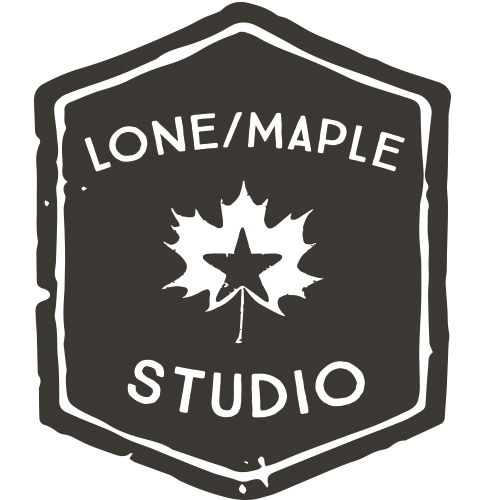I love books. Full Stop. However, since moving a half dozen times since I went to University, I am somewhat hesitant about collecting books because they weigh so damn much. Since starting knitting I have started a small book collection, choosing very deliberately to make sure they are good ones.
With the existence of Ravelry, independent publishers like Cooperative Press, fantastic online knitting magazines like Knitty, Twist Collective, and Knitcircus (I know there are more but these are my three favorites) and designer blogs I have very little need to buy traditional pattern books. In fact, if a pattern is only available in a printed book, I am likely to just go find another one. I am happy to pay for good content (you can ask my bank account every time Ysolda, Anne Hanson, or Jared Flood come out with something new and fantastic), but I don't want to have to carry a book when I can just save a pdf instead. In fact, I am willing to pay more to NOT have a book, considering that a book with 15 pattern could run around $20, makes each pattern cost just over $1, while I am fine with paying anywhere up to $8 for a single pattern, if it is the right pattern.
So the books I have on my shelf are either technique books, informational books, or pattern books that are so beautiful I want to put them on my coffee table (I'm looking at you Knit.Sock.Love by Cookie A).
Over the next couple of weeks I am going to share the contents of my knitting book shelves and share which books I would leave behind with my local library when it is time to move again (and it seems I move about every 3 years, so that will be sometime in the next year or so).
Here are a few of my absolute faves to start out with ...
The Harmony Guides:
I have a complete set of The Harmony Guides, the final book Basic Crochet Stitches arrived yesterday!
The first one I picked up was the Cables and Arans book at Book People in Austin. Living in Austin seems half a lifetime ago, but it was only two years. Since then I have picked up the rest. I really like the selection stitches and the fact that they are themed, because when I want cables, I really don't want to look through lace.
My only wishes would be that the patterns be listed in some sort of logical order, like alphabetical or by size of repeat, and that more of the designs were charted. I do like that the crochet motifs are largely charted, as I don't know how to read crochet chart and having both in front of me would make learning how to read charts much easier.
The Knitters Book of ...:
The Knitters Book of Wool was my first introduction to the specifics of wool, crimp, micron, breeds, spinning style, were all introduced to me in an easy and fun style. The "Yarn" book has so much information about how the type of yarn, from weight to fiber content to spinning style directly impacts the finished object. The "Socks" book is just as wonderful and informative as the others, giving all sorts of crucial details on why to make socks and how to make them to work best.
Oh, and in addition to fantastic information Clara Parkes, of Knitter's Review, has included an excellent collection of patterns by some of the biggest names in knitting, including Cat Bordhi, Evelyn A. Clark, Nancy Bush, Adrian Bizilia, Nora Gaughan and Clara Parkes herself.
The Fleece and Fiber Sourcebook:
This book is awesome. I still haven't even scraped the surface of the information in this book. But it takes The Knitter's Book of Wool to the furthest extreme, highlighting every breed of fleece bearing animal, and showing off their original form and then their yarn pre-wash, washed, carded, spun and swatched. Book like this remind us that there is no such thing as wool, as a single monolithic entity. I feel like this is the handbook of wools, and while a person could knit and spin for a lifetime without knowing these things, it would be like a cook not knowing how plants are grown and animals raised, you can do it, but knowing your materials makes you a better artist.
These are just few of the books on my shelf, but some of my favorite. They are key reference books that I find myself going to when I need a question answered or to look for a stitch pattern to start modifying pattern to my liking.
